What is Traditional Craft?
Editor's Column “The Path of Japanese Crafts” Part2: Modern Society and Kogei VOL.3

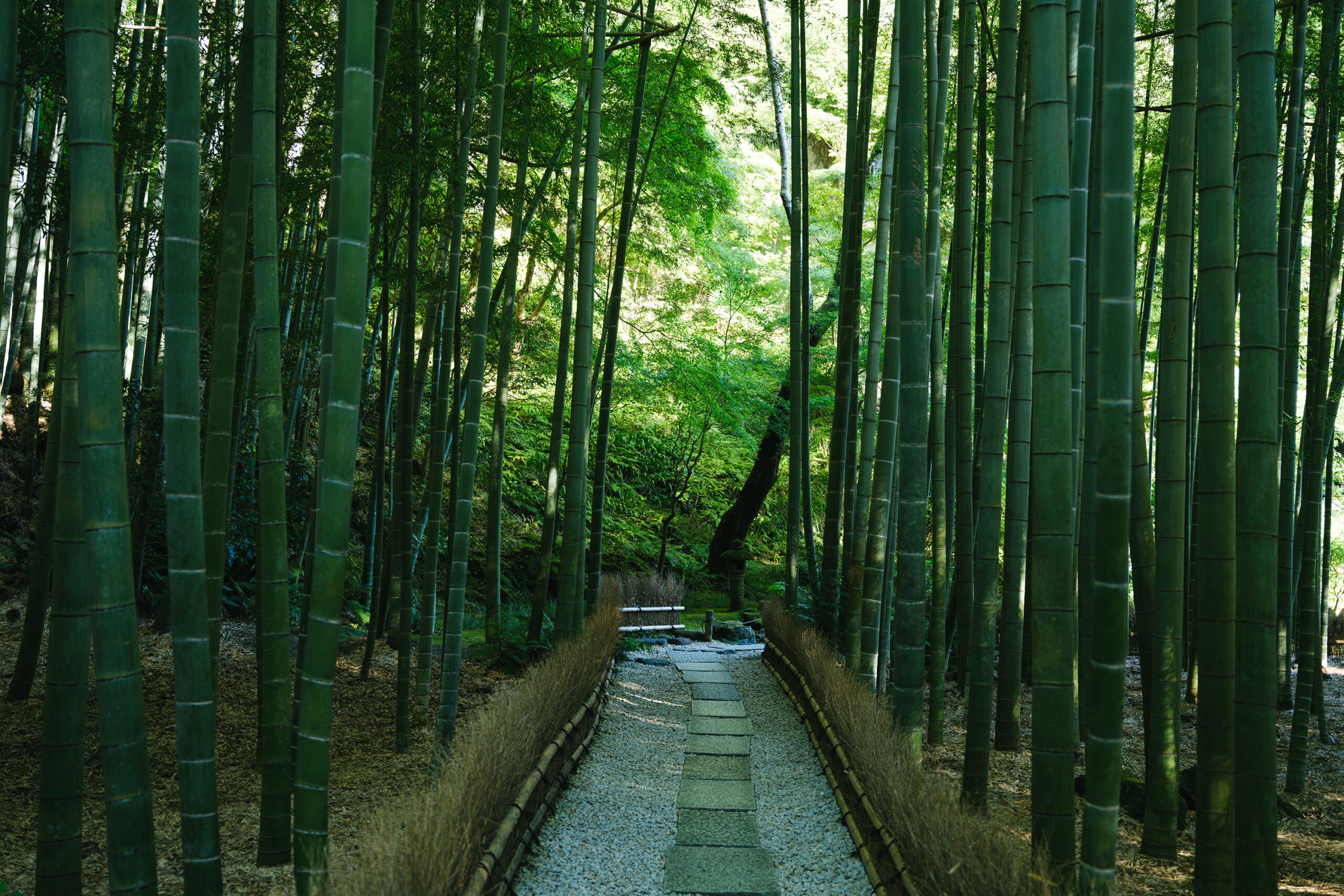
VOL.1-3
Update
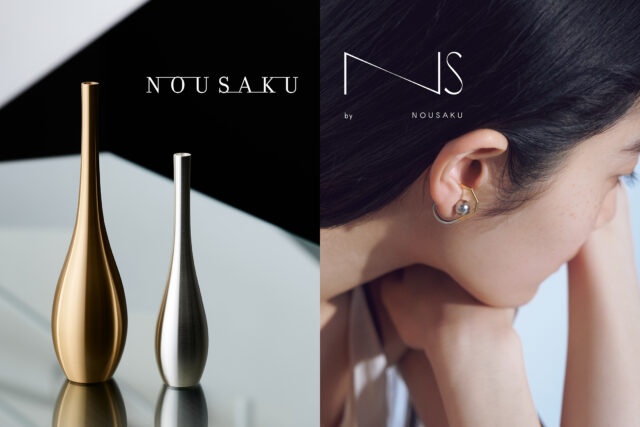
VOL.1-20
Update
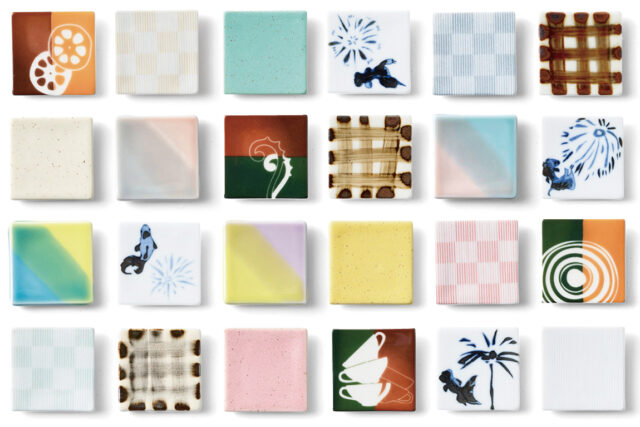
VOL.1-19
Update
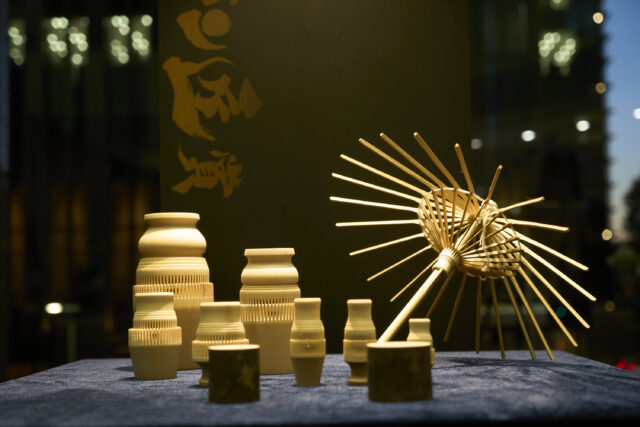
VOL.1-27
Update

VOL.1-4
Update
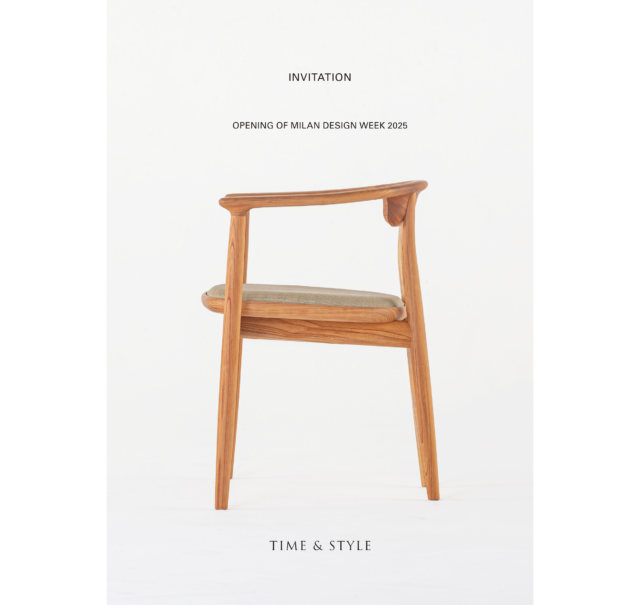
VOL.1-43
Update
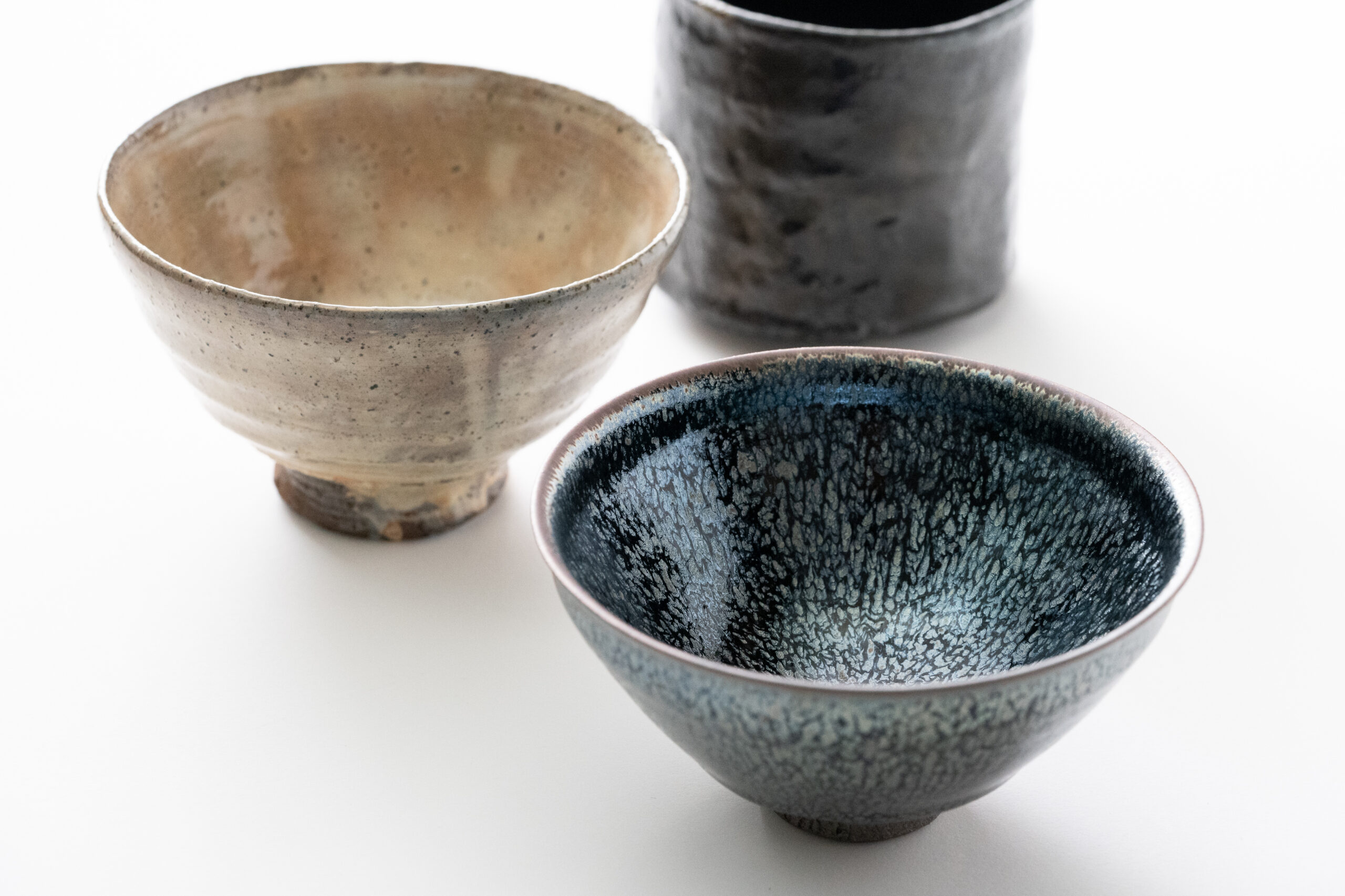
VOL.1-3
Update

VOL.1
Update

VOL.1-7
Update
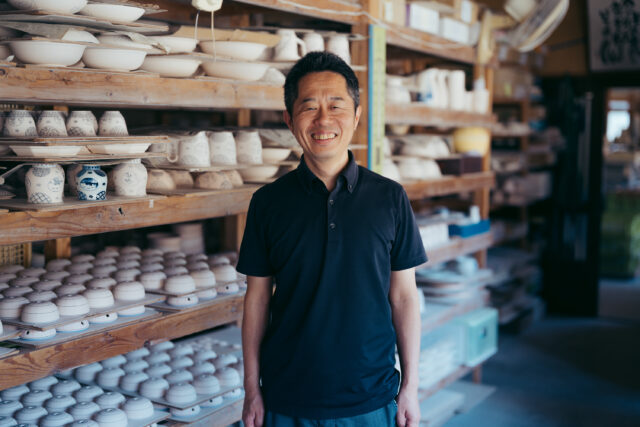
VOL.1-32
Update
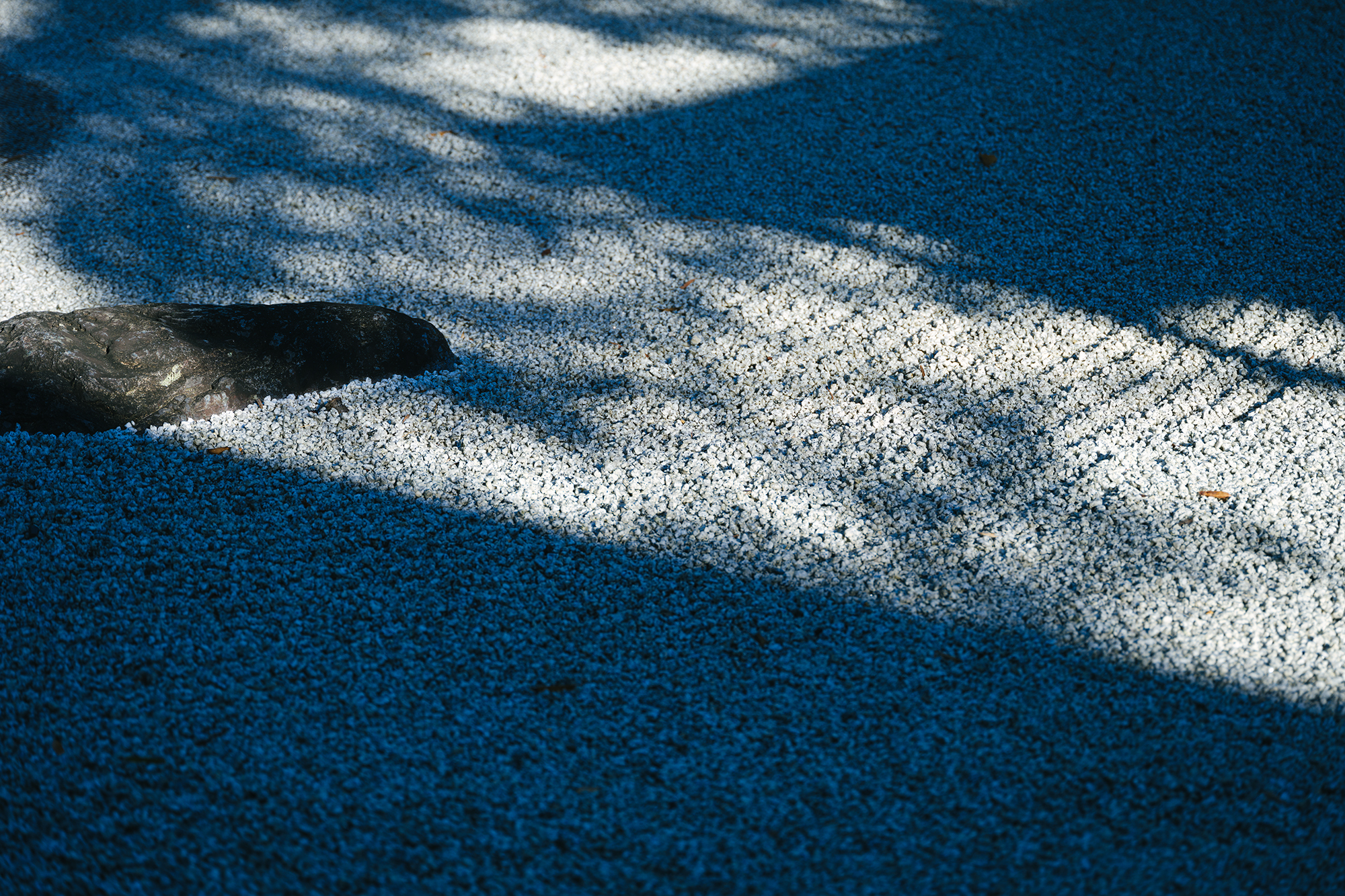
VOL.1-12
Update
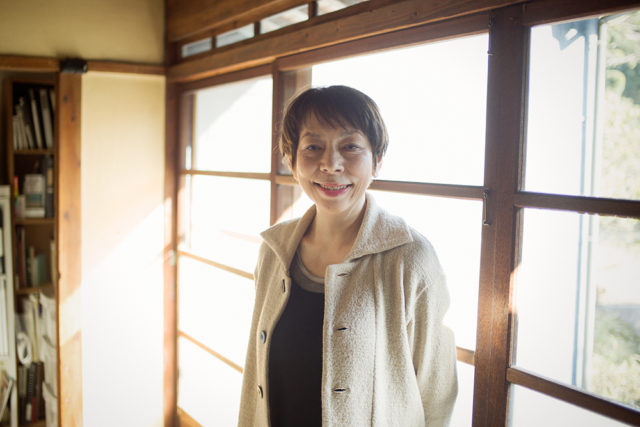
VOL.1
Update
We share a variety of information and perspectives on Japanese crafts, including exhibition information and interviews.
Editor's Column “The Path of Japanese Crafts” Part2: Modern Society and Kogei VOL.3
KOGEI Topics VOL.20
New Products VOL.19
Exhibition • Event Report VOL.27 AD
Jul 16 – Jul 21, 2025
Kyoto Takashimaya
Miyagi
Jul 18 – Jul 24, 2025
Kanegendo
Jul 19 – Jul 27, 2025
TOBETOBEKUSA
Jul 19 – Jul 27, 2025
Bunkindo

Iga ware developed along with the flourishing of the tea ceremony during the Momoyama period (1573 – 1603). Iga ware from this period is generally called “Ko-Iga” (“Old Iga”) and is characterized by its unique designs and a powerful aesthetic sense known as “the beauty of broken tones” or “the beauty of discord,” in which one cherishes the special beauty found within imperfection.
Takashi Tanimoto is a ceramic artist who, while facing the traditions of Iga head-on, boldly infuses his work with his creative spirit. The artist’s true strength lies in his distinctive forms, which are created with an awareness of the natural movement of the clay, and could be described as ‘acts without action’. While his seemingly eccentric works embody contemporary beauty, a close look at them reveals that they are based on a deep respect and diligent pursuit of the qualities of Old Iga.
In creating this work, Takashi challenged himself with several new techniques in each stage of shaping and firing. The work is based on tradition, but it is also meant to inspire him to pledge himself to its further development. The one-of-a-kind creativity of the resulting work is sure to catch one’s eye.